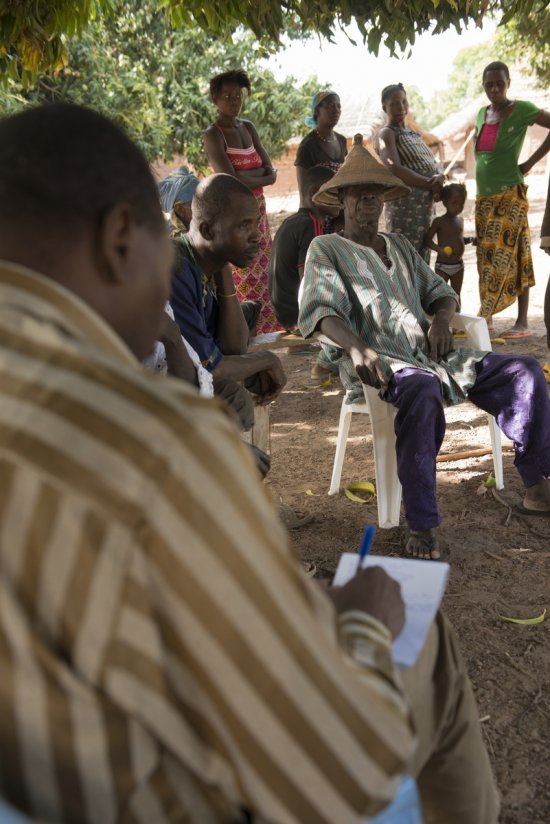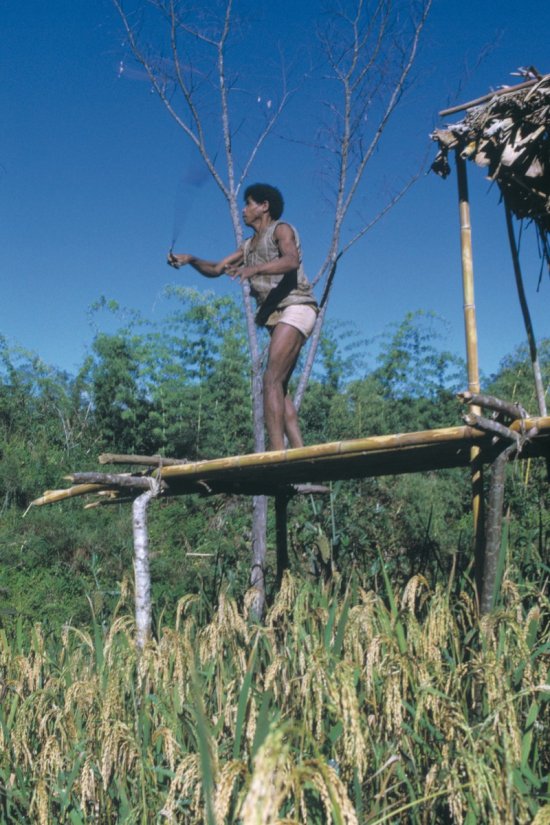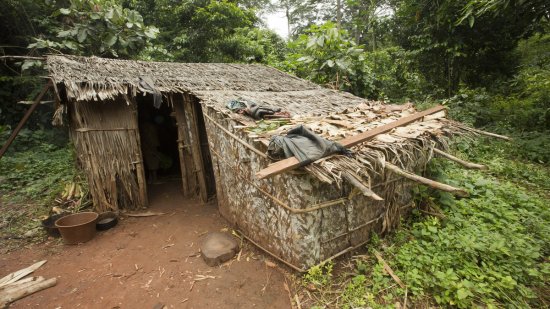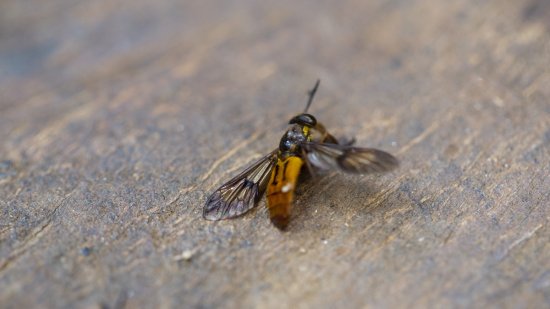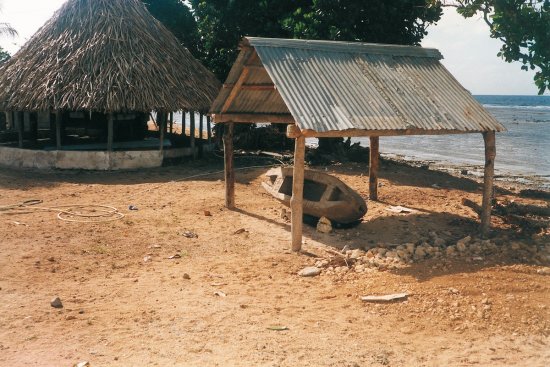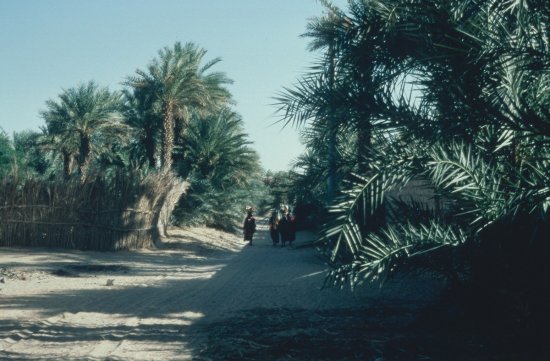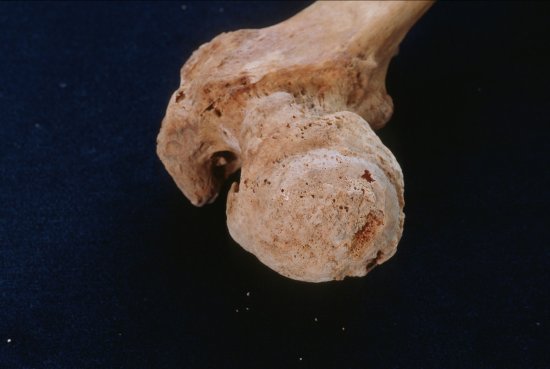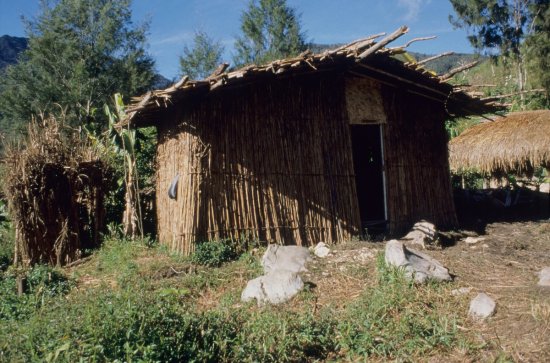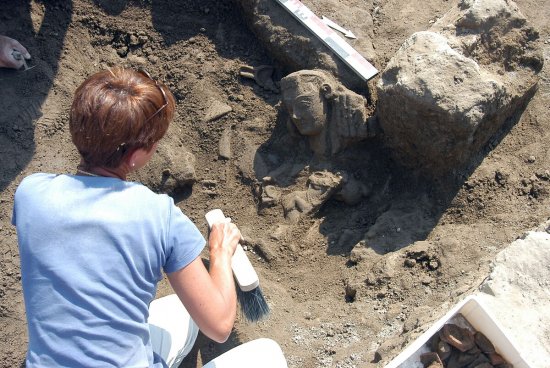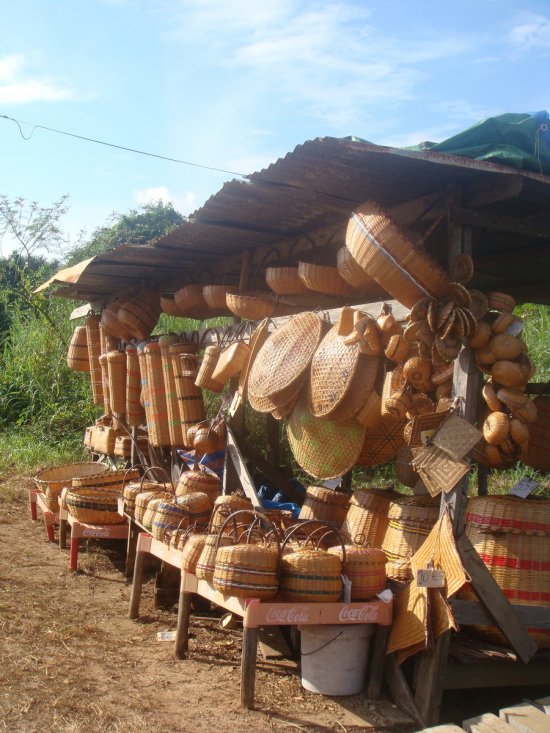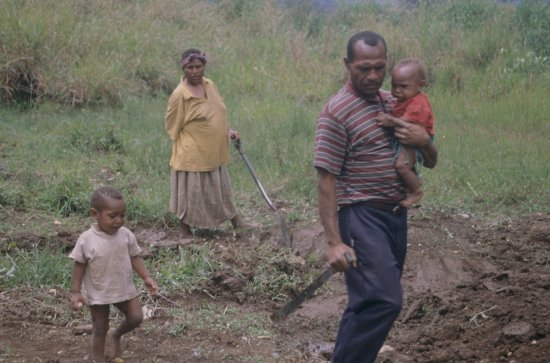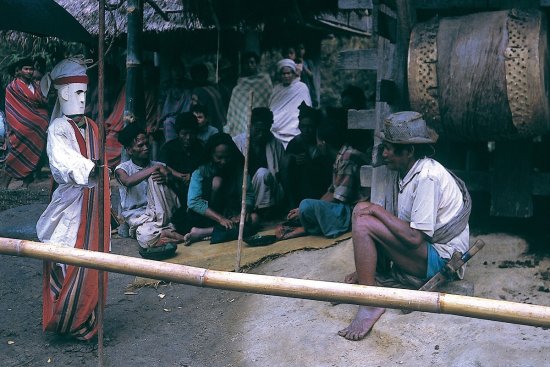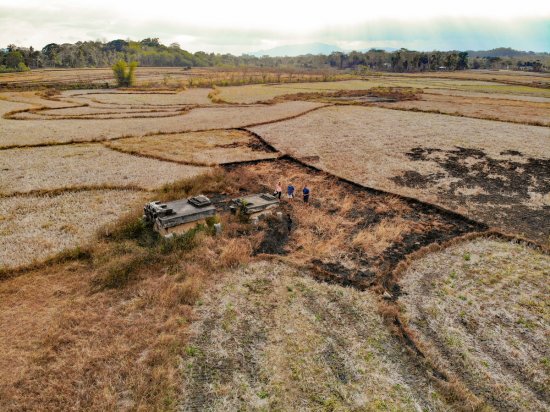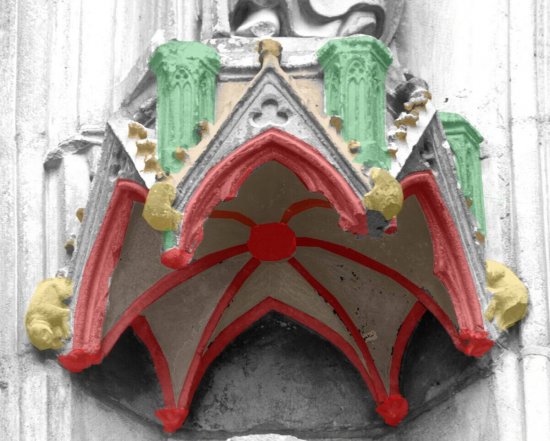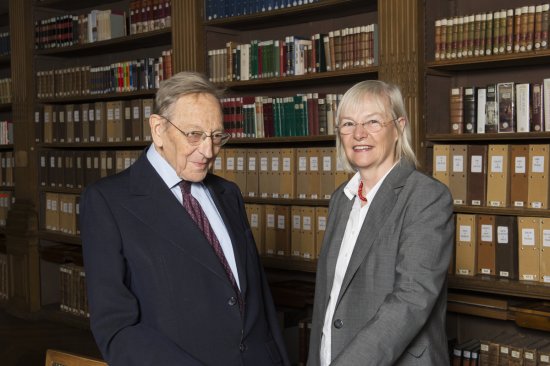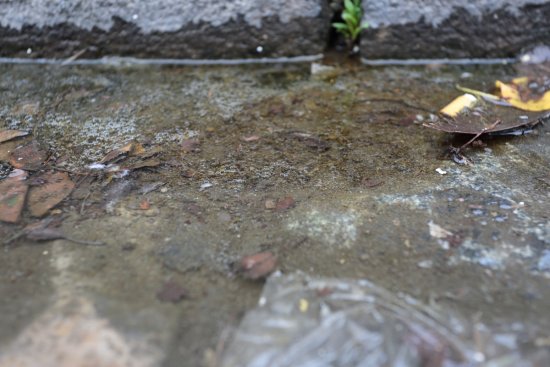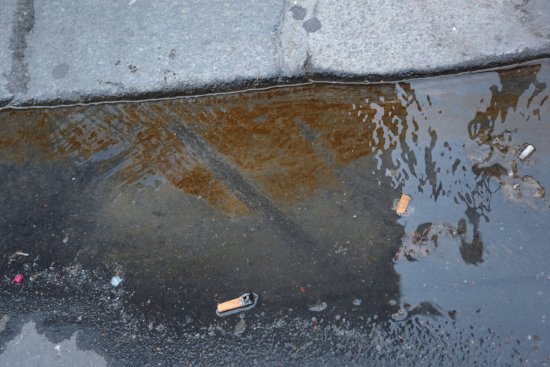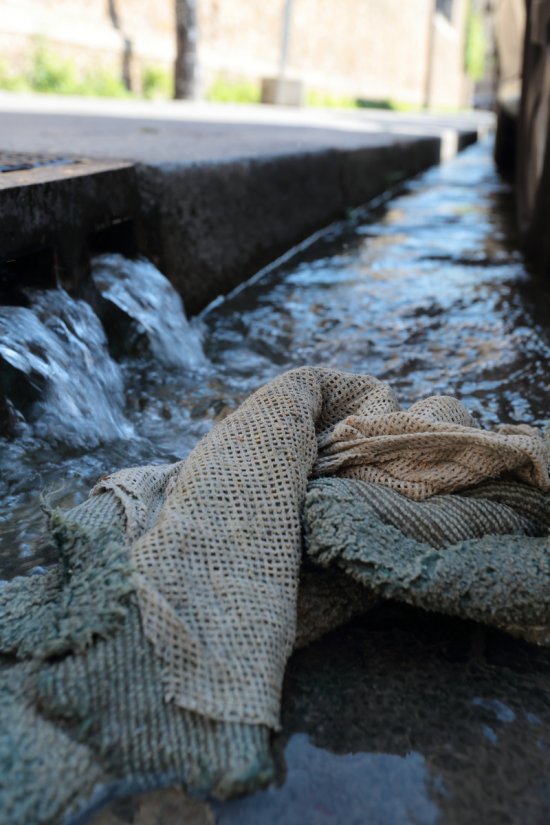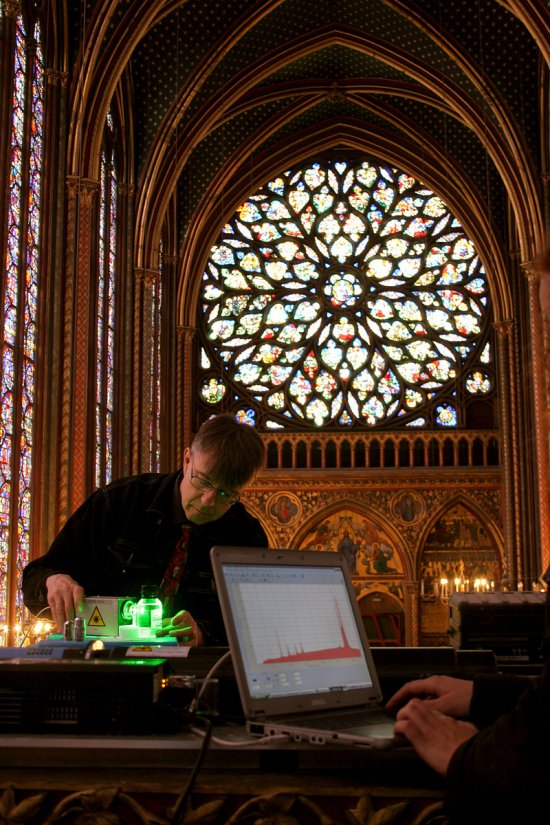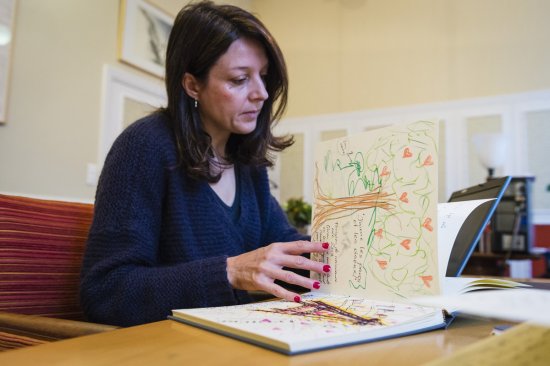© CNRS - 2019
Reference
6715
Living and dying in Champagne 5000 years ago
On the site of the Saint-Gond marshes, in the French Marne department, researchers from different disciplines are studying a Neolithic site which is 20 km long and 2 km wide and has the highest concentration of hypogea in France. This is due to the flint richness of the soils and the amount of mining that caused a high human density. This site was discovered at the end of the 19th century by Baron Joseph de Baye, who collected a large amount of archaeological materials.
Since 2013, a multidisciplinary project has been excavating the site of the Crayère de Vert-la-Gravelle once again, while re-examining earlier discoveries. The aim is to enable researchers to revisit the history of this archaeological site and more broadly that of this territory.
Duration
Production year
Définition
Color
Sound
Version(s)
Original material
The use of media visible on the CNRS Images Platform can be granted on request. Any reproduction or representation is forbidden without prior authorization from CNRS Images (except for resources under Creative Commons license).
No modification of an image may be made without the prior consent of CNRS Images.
No use of an image for advertising purposes or distribution to a third party may be made without the prior agreement of CNRS Images.
For more information, please consult our general conditions
Transcription
